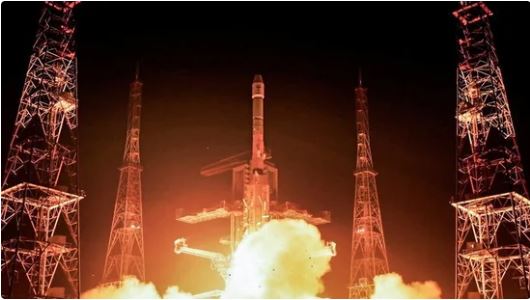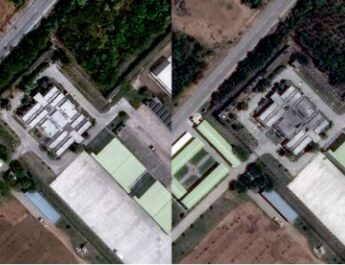NEW DELHI: The Indian Space Research Organisation (ISRO) encountered a challenge in its efforts to position the NVS-02 satellite in the intended orbit, as the agency disclosed on Sunday that the spacecraft’s thrusters failed to activate.
The NVS-02 satellite was launched as part of ISRO’s 100th mission from the Satish Dhawan Space Center located in Sriharikota, Andhra Pradesh, last Wednesday. This satellite is vital for India’s indigenous space-based navigation system, reducing the nation’s dependence on the widely utilized Global Positioning System (GPS).
The launch was conducted using the GSLV-Mk 2 rocket.
“However, the operations to raise the orbit and place the satellite in its designated orbital slot could not be executed because the valves responsible for allowing the oxidizer to ignite the thrusters did not open,” the space agency stated in an update regarding the GSLV-F15 mission on its website.
Currently, the satellite is in an elliptical Geosynchronous Transfer Orbit (GTO), which is not appropriate for navigation purposes.
“The satellite systems are functioning properly, and it is presently in an elliptical orbit. Alternative mission strategies for utilizing the satellite for navigation in this elliptical orbit are under consideration,” ISRO reported.
Following the successful placement of the satellite into Geosynchronous Transfer Orbit (GTO) by the GSLV rocket, the satellite’s solar panels were effectively deployed, resulting in nominal power generation.
The Indian Space Agency has confirmed that communication with the ground station has been successfully established. The GSLV launch was deemed successful, as all stages operated without any issues, achieving the intended orbit with a high level of accuracy.
What is the NVS-02 satellite?
NVS-02, also known as Navigation Satellite-02, is a component of the Navigation with Indian Constellation (NavIC). This constellation represents India’s autonomous regional navigation satellite system, aimed at delivering precise Position, Velocity, and Timing (PVT) services to users within India and extending approximately 1500 kilometers beyond its borders.
NavIC offers two categories of services: Standard Positioning Service (SPS) and Restricted Service (RS). The SPS of NavIC ensures a positional accuracy of better than 20 meters and a timing accuracy of better than 40 nanoseconds across the service area.
NVS-02 is the fifth satellite in this constellation, with the inaugural launch occurring in 2013. The NVS-01 satellite was launched on May 29, 2023.




